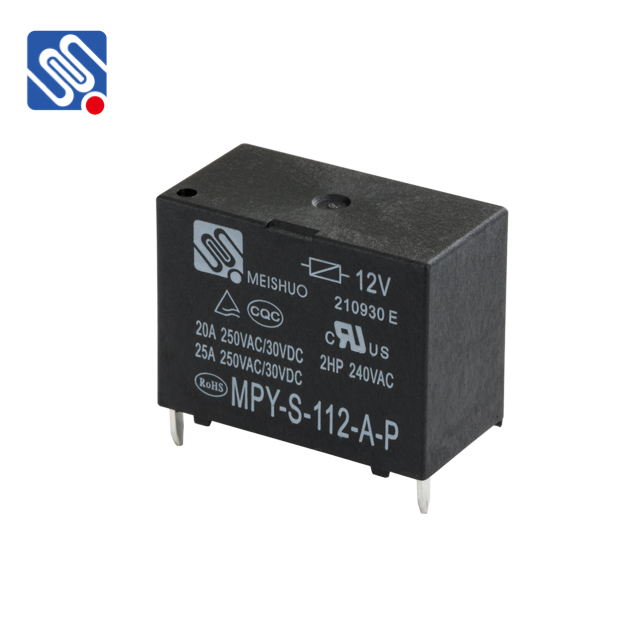understanding relay voltage rating: key factors and considerations
Release time:2025-11-16 00:27:33
Relays are essential components used in various electrical and electronic applications to control circuits. They provide a convenient way to switch electrical devices on and off remotely. One of the most critical specifications of a relay is its voltage rating, which ensures safe and efficient operation. Understanding relay voltage ratings is crucial for engineers and technicians when selecting the right relay for a given application. In this article, we will explore the significance of relay voltage ratings, the types of voltage ratings to consider, and how they impact relay performance.

1. What Is Relay Voltage Rating?
Relay voltage rating refers to the maximum voltage a relay can handle safely without failure. This includes both the coil voltage rating and contact voltage rating. The coil voltage rating is the voltage needed to energize the relay and activate its switch, while the contact voltage rating defines the maximum voltage the relay’s contacts can switch safely. These ratings help determine whether a relay is suitable for specific electrical systems.
2. Coil Voltage Rating: The Power to Activate
The coil voltage rating specifies the voltage required to energize the relay’s coil, causing the relay to switch from its normally open (NO) or normally closed (NC) position to the opposite position. Relays come in various coil voltage ratings, such as 5V, 12V, 24V, or 120V, depending on the type of electrical system they are designed to operate with.

